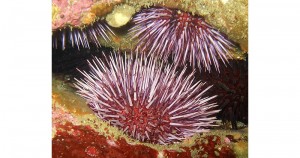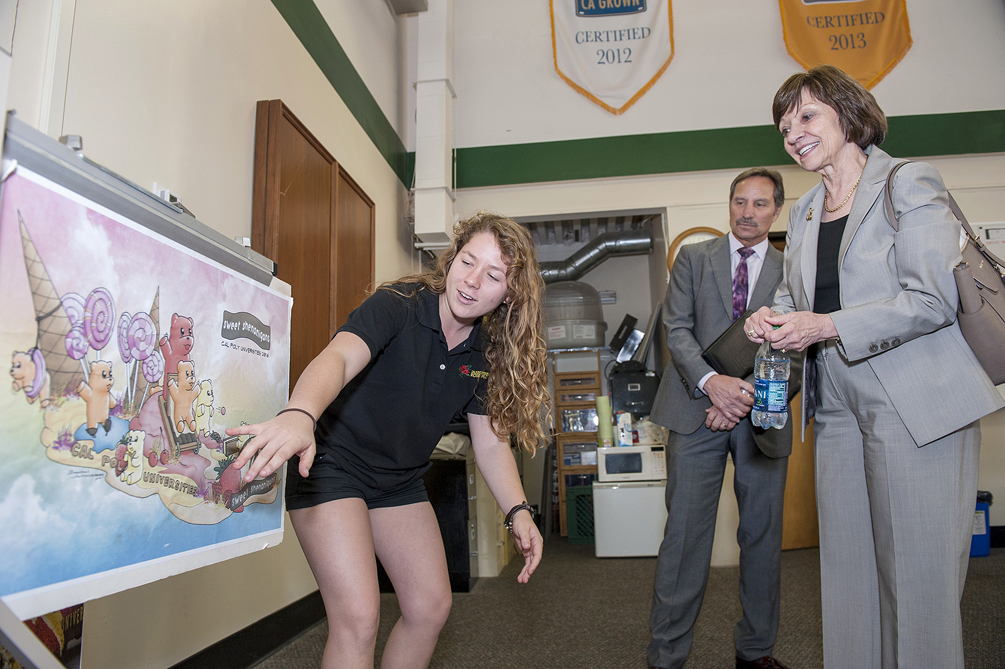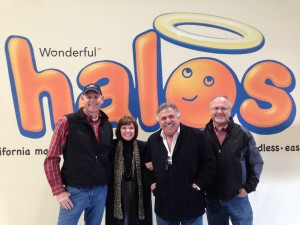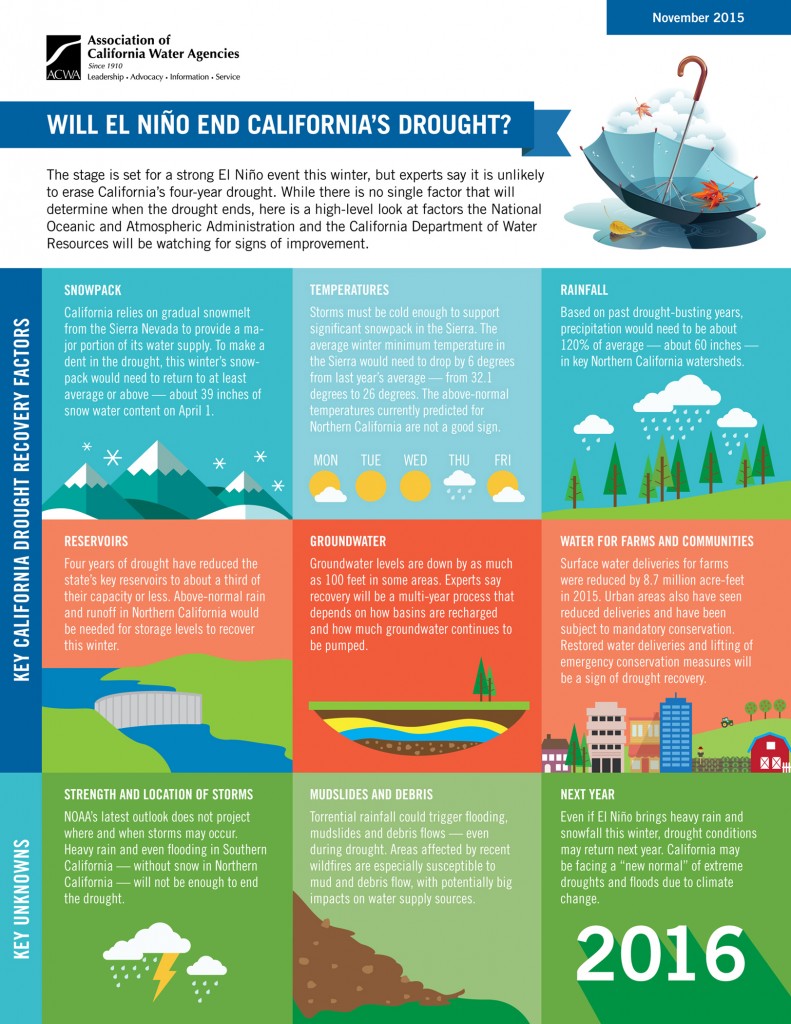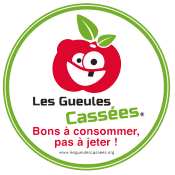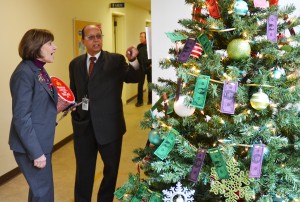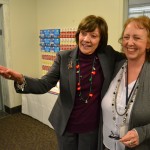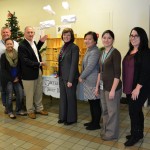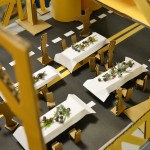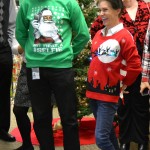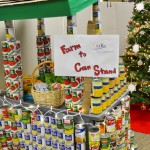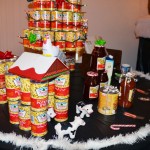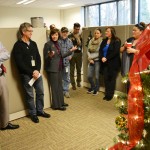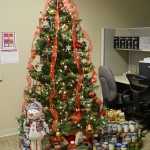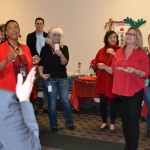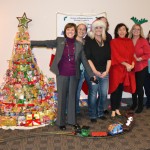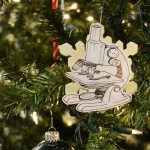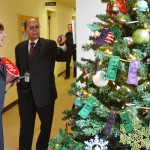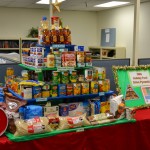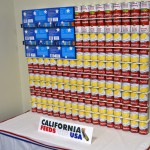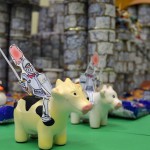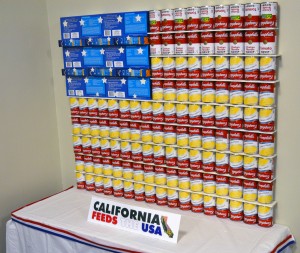By Tara Duggan, San Francisco Chronicle
Around sunset on a Saturday in late November, surfers were heading into the Point Arena Cove, off the Mendocino County coast, just as diver Alan Lawson of the Chilly Willy was unloading his harvest of quivering red sea urchins. The swell was coming up, and conditions were no longer conducive to diving.
“You’re working hard down there,” said Lawson, who looked surprisingly warm and dry for someone who just spent hours dozens of feet deep in the Pacific, tethered to the boat with a long hookah, or breathing tube. He and a co-worker collected each of the spiky urchins by hand, using a small rake to remove them from the ocean floor before piling them into mesh bags.
“The hook is just an extension of my arm,” he said.
Largely centered in Fort Bragg, the Northern California sea urchin industry got its start in the 1970s as a supplier to Japan. These days, as more locals have become converts to the fresh-from-the-ocean flavor and creamy texture of what the Japanese call uni, the majority of Mendocino sea urchin now stays in the Bay Area.
But just as sea urchin has become more popular, environmental conditions have made it scarce — and expensive. While the invertebrate hasn’t been affected by domoic acid, which made Dungeness crab off-limits, this year’s warm ocean temperatures limited the growth of kelp, sea urchin’s main food, and reduced the local supply.
“It’s a luxury local ingredient,” said Jason Fox in the dining room of Oro in San Francisco. He puts sea urchin on the menu whenever he can, even though he’s noticed a 60 percent price increase in the past six years. “We don’t have caviar or lobster from our backyard. Most uni comes from California, and I think we should use it.”
More stays than is sent to Japan
Fox does use it, in ways a sushi patron wouldn’t recognize, such as adding a lobe to a bite of scrambled egg and toasted bread. It’s hard to find a modern Italian restaurant that doesn’t pair sea urchin with pasta right now, and it even shows up in a riff on tamales at the new restaurant Cala, where it’s served with chile-infused masa inside its spiny shell. Uni has earned its place in the mainstream as a true Northern California delicacy.
“We sell a lot more domestically now than we send to Japan,” said Brandon Juntz, manager at one of two Fort Bragg sea urchin processors, Ocean Fresh Seafoods, which buys from the Chilly Willy and about 15 to 20 North Coast divers in all. “All the good quality tends to stay in San Francisco.”
Few diners were familiar with uni at all when Tokyo native Ken Tominaga opened Hana Japanese Restaurant in Rohnert Park in 1990. He was one of the few local chefs to request the North Coast sea urchin that was being exported overseas. Today he goes through almost three times what he used to.
“Now we have a lot of local sea urchin fans, especially in Sonoma County,” said Tominaga, who is also chef at Pabu in San Francisco.
Hana opened just after the peak of the Northern California sea urchin harvest, which was around 30 million pounds in 1988. In the mid-1980s, divers swarmed the Northern California coast when word got out about its “virgin forest” of urchins, said Bob Juntz, who co-founded Ocean Fresh Seafoods in 1984.
“When I first started, the urchins were considered a pest,” he said. The animals devour kelp, leaving nothing for other marine animals to eat. “The biologists said, ‘The more you take, the better.’”
Growing up in Hayward, Juntz had dived for fun in both Monterey and Bodega bays and had always noticed how much more abalone and urchin there was in Bodega because of the lack of sea otters, the shellfish’s main predator. Turns out otters had been wiped out by Russian fur traders in the early 19th century.
The California sea urchin industry is still centered around Santa Barbara and Fort Bragg, with a very small harvest coming out of Half Moon Bay and San Francisco. After what divers call the gold rush of the 1980s, there are no longer as many urchin to catch, and the 2013 North Coast harvest was just over 4 million pounds.
But that was actually a 62 percent increase since 2008, not necessarily because Mendocino sea urchin got more trendy, said Juntz, but because there was a period of lower kelp growth in previous years. That meant fewer urchin in the waters, and many divers quit working in the industry, he said.
Lawson of the Chilly Willy is one of the survivors. He dons a half-inch thick wetsuit to withstand water temperatures that are normally around 50 degrees and heads to intertidal areas between Sea Ranch and Elk. He usually doesn’t dive deeper than 60 feet, and definitely no more than 85 feet, for safety reasons.
How divers determine quality
Divers like Lawson crack open a sea urchin underwater to check how meaty it is, which helps determine the quality of others in that area. It’s an important skill, because the yield varies, and divers usually don’t get paid until after processing.
There’s no commercial limit, but urchins have to be at least 3½ inches wide in the North Coast, the size they reach at 6 to 8 years old. Juntz said most divers harvest between 800 and 1,500 pounds in an average day.
Commercial sea urchin also doesn’t have seasonal restrictions, but the water has to be clear, so winter storms often keep divers out. There are further shortages in spring, when winds shred up the kelp. But the windy conditions also cause upwelling, encouraging new kelp growth and fattening the uni up again.
The urchins come in live to the Fort Bragg plant, where workers crack open the shells, remove the guts, then gently scoop out the tongue-shaped lobes of uni. In Japanese, uni refers to the edible part, which are the animal’s gonads, or reproductive organs.
Workers gently wash the uni in a saltwater solution, pack it into trays and then send it by truck to wholesalers at Pier 45 in San Francisco.
California uni comes in three main grades, and the highest-quality stuff is golden and sweet and relatively firm. Like an oyster on the half shell, a bite of uni is more than the sum of its flavors and aromas.
“When you get really nice fresh sea urchin, it tastes like the sea in a good way, and it pairs with so many flavors,” said Fox, who is serving uni with butternut squash, puffed barley and black walnuts at his other restaurant, Commonwealth. At Oro, he pairs it with a bite of scrambled egg in a starter. “It’s one of my favorite things,” he added, with a shy smile.
But the cheaper kind — say, a pungent bite off a sushi conveyor belt — can turn some people off sea urchin forever.
“Lower-grade uni is not going to be as sweet,” said Tim Archuleta, chef-owner of Ichi Sushi in San Francisco. “It’s going to have more tannins and more of a sharp flavor.”
‘Gateway uni’
When he can get hold of at least two different kinds of high-quality uni, he serves a sampler. Traditionally more expensive than Mendocino’s, Santa Barbara uni is also smaller and sweeter, closer in quality to Japan’s famed Hokkaido uni.
“For people who are beginners, who are looking for a gateway uni, the Santa Barbara is a little milder,” said Archuleta, who has been in the sushi business for two decades.
But he loves Mendocino sea urchin just as much.
“It tends to have more of an uni taste to it. It’s very bold,” said Archuleta.
When California uni was harder to get this summer, Archuleta started noticing uni from new and unexpected places, like Alaska and Baja.
“I think people are seeing the market in uni,” he said.



